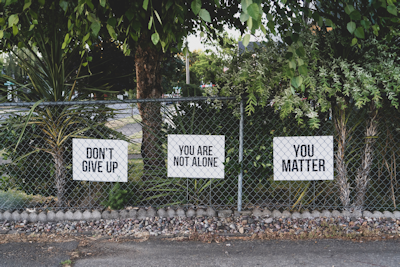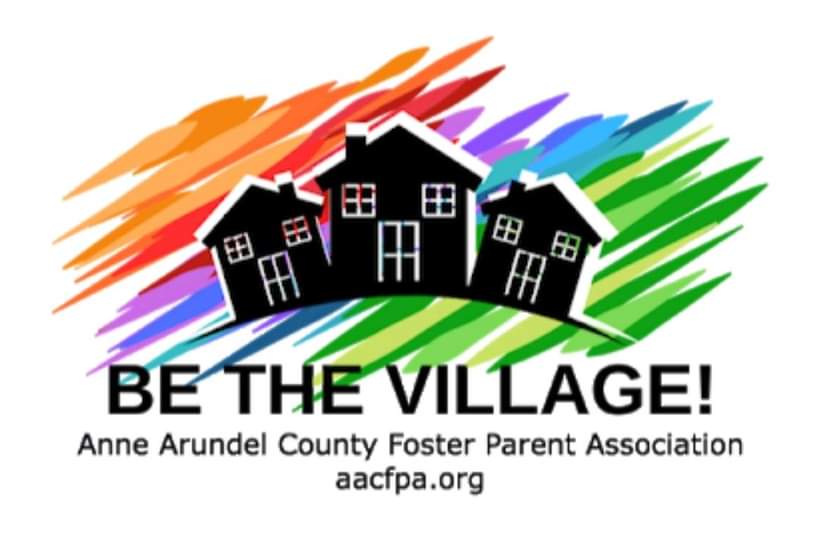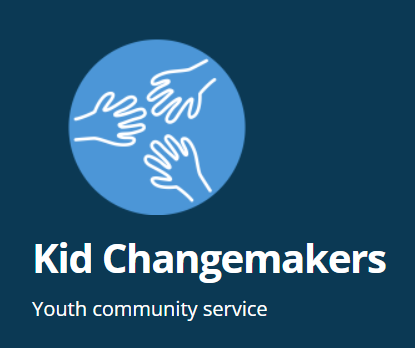Methods to Prevent Youth Suicide
 Suicide is a tragic, and global issue. The impact of suicide is far-reaching, affecting their family, friends, and the wide community. It can have serious emotional, economic, and financial consequences.
Suicide is a tragic, and global issue. The impact of suicide is far-reaching, affecting their family, friends, and the wide community. It can have serious emotional, economic, and financial consequences.
Our youth are at risk, and research has shown that there are effective prevention strategies available to us. These methods can be used by parents, helpline volunteers, teachers, and youth workers. The most effective strategy for suicide prevention is by taking a multi-pronged approach to provide support for those at risk.
What Is Suicide?
While we generally think of it as an intentional act, it can also include the behaviors that lead to a deliberate action that will result in death.
There are certain high-level warning signs which require immediate help:
- Writing about death, or talking about it.
- Actively threatening to kill themselves.
- Actively seeking out ways they can kill themselves (looking for access to poison, pills, or weapons).
Low-level signs which require professional assistance include:
- Depression and anxiety
- Risky behavior
- Substance abuse
- Agitation
- Sleep problems
- Mood swings
- Anger and revenge-seeking
- Social withdrawal
Many people won’t open up about their thoughts of suicide, unfortunately, some young people:
- May act on impulse, never having made an attempt previously.
- May be serious about dying and take steps to avoid being stopped.
- Feel ashamed about their feelings.
- They’re worried that if they talk about it, they’ll sound ‘crazy’.
- They don’t think anyone will believe them or be able to help.
- Struggle with explaining their feelings.
You can help them through this by asking incisive questions that may encourage sharing:
- How are you coping with what has happened in your life?
- Do you feel like giving in and giving up?
- Have you ever thought about dying? Recently?
- Have you ever thought about hurting yourself? Recently?
- Are you considering suicide?
- Have you ever thought about how you would commit suicide?
- Do you have the means to carry your thoughts out?
Talking about suicidal thoughts normalizes them, and reduces the same that comes attached to these thoughts. There is no magic way to erase suicide, however, there are plenty of strategies that are effective:
- People who work with young people should recognize the warning signs.
- Youth workers should be on high alert for warning signs at all times.
- Programs should be instituted in community groups and schools to recognize risks of suicide, and the signs.
- Any risks that are identified should be dealt with appropriately, following the referral process.
- The child should be approached with empathy and consideration for the complexity of their feelings.
- For parents, it’s important to restrict access to anything that could be used to complete the act.
- Therapy to assist youth with coping with stress to improve their resilience, and empower them with problem-solving skills.
The strategies are not one size fits all, because every young person will react to their experiences differently. While someone may have experienced severe abuse, and suffer from no problems, someone whose abuse was not as violent or prolonged may still experience severe symptoms and handle the trauma differently. Positive treatment options for adults do not necessarily work for children.









